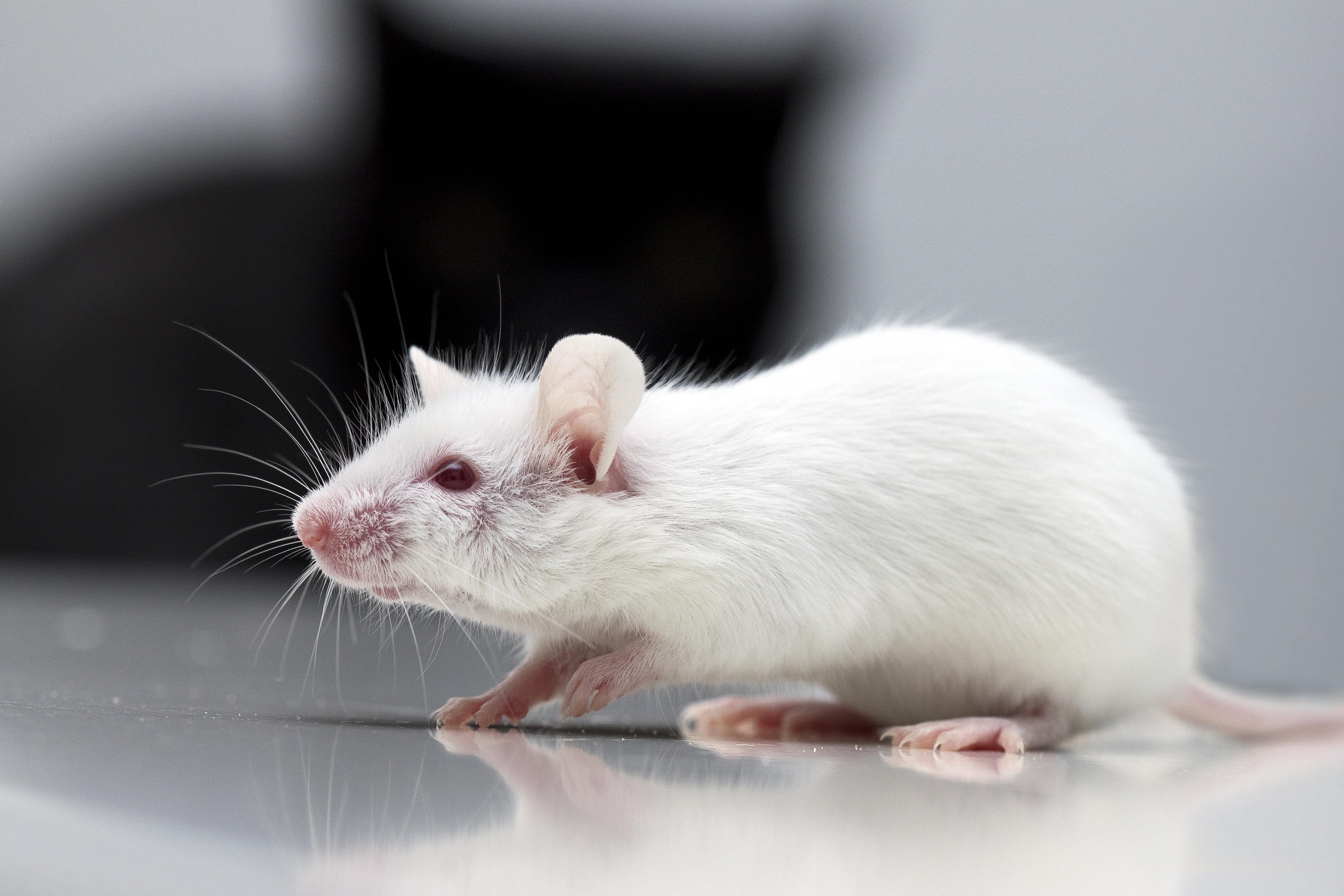Rodent Two Day Hole Board Test for Anxiety-like and Exploratory Behaviors
Enabling behavioral neuroscience and related researchers to more effectively examine anxiety-related and exploratory behaviors in rodents.
The traditional Hole Board Test is a one-day session to assess either anxiety-like or exploratory behaviors in rodents as a single test. It consists of a 10-minute test session, under bright white light (approximately 300 lux or greater). Unfortunately, it is not always clear what the test is designed to observe, since there is no difference between testing for anxiety-like behavior and exploratory behavior with respect to the behavioral apparatus. As a result, test results published in the literature can be ambiguous and confusing, thereby limiting the face and construct validity of the data and any conclusions that may be drawn from it.
This novel testing apparatus (i.e., the Neuwirth "Hole Board Test") is designed to measure anxiety-like behaviors and exploratory behaviors over a two-day testing session (under bright white light 300 Lux on both test days). Day One is designed to test for escape, fear-motivated/anxiety-like, and inhibitory regulated behaviors. Day Two is designed to test for exploration, curiosity-motivated/motivational, and excitatory regulated behaviors. The use of the same test apparatus across a two-day testing session within 24 hours controls for habituation through the addition of odors to alter the context-specific stimuli. This methodology also offers sound experimental control in manipulating the shift from anxiety-like to exploratory behaviors (i.e., behavioral adaptation) of the rodent through sensory specific stimuli such as odors to assess the regulation of inhibitory-to-excitatory behavioral regulation in typical and atypical neurological models of human disorders.

- Allows researchers to distinguish between anxiety-like behavior and exploratory behavior.
- Controls for habituation through the addition of odors to alter the context-specific stimuli.
- Assesses the regulation of inhibitory-to-excitatory behavioral regulation in typical and atypical neurological models of human disorders.
- Enables manipulation of specific sensory stimulation.
The primary application is for use in rodent model testing for behavioral neuroscience and related research. This research can be of value to a number of different fields, for example the effects of certain neurotoxins.
Technology Readiness Level (TRL) 4 - Technology validated in lab.
This technology has been licensed to Conduct Science. Potential licensees are laboratories engaged in behavioral testing in rodents. This may encompass a variety of research areas, including pharmaceutical, pathological, neurotoxicity, behavioral genetics, and many others.
Patent Information:
| App Type |
Country |
Serial No. |
Patent No. |
Patent Status |
File Date |
Issued Date |
Expire Date |
|